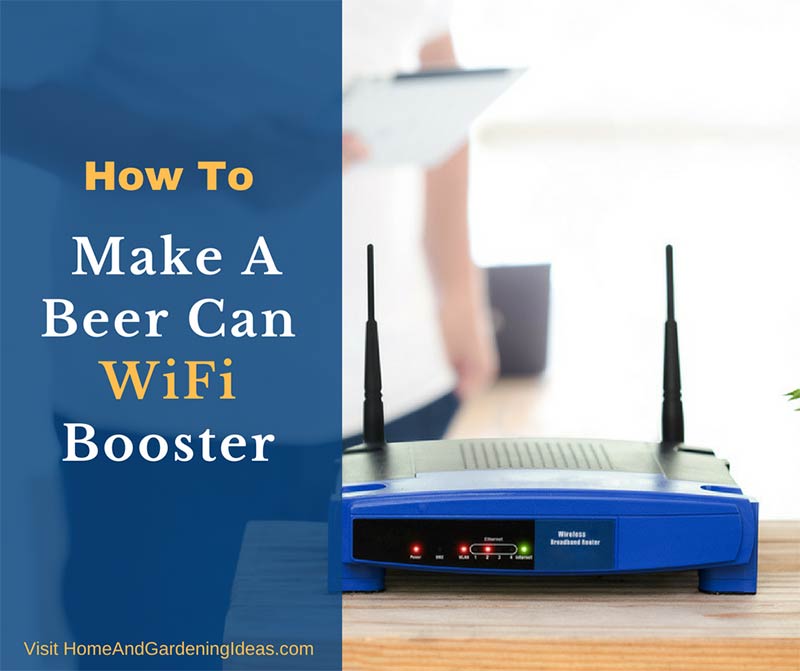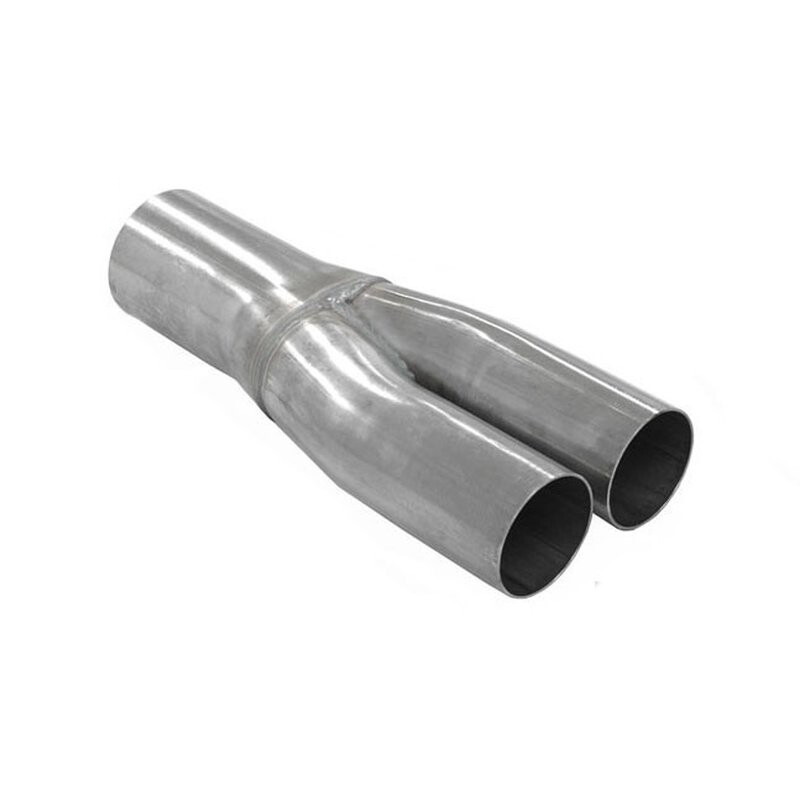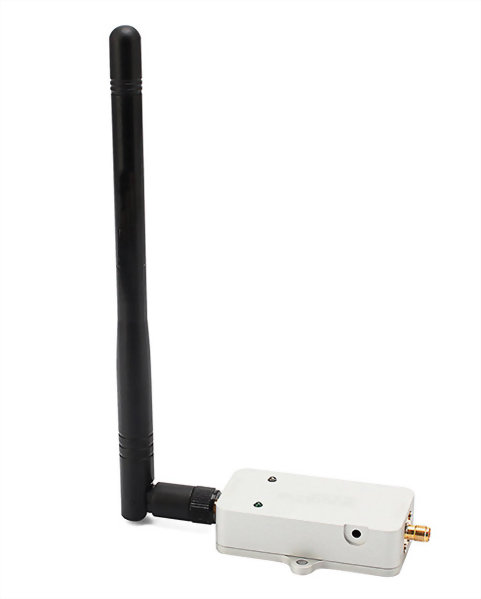

What I would suggest if you’re willing to go this route is to use at least a dual-band WiFi extender and, if possible to try to upgrade your network and the main client devices to WiFi 6. And speaking from personal preference, I hate installing cables both indoors and outdoors. At the same time, I won’t deny the practicality of such a device where cables are difficult to install. That’s because the WiFi extenders need to communicate with the router, as well as with the clients back and fourth, so a lot of the available bandwidth is simply wasted. That being said, after setting up both the Mikrotik NetMetal ac2 and >the DrayTek VigorAP 920R, it became painfully obvious that the bandwidth was more than halved and the throughput wasn’t nearly as good as it would have been if these devices were operating in access point mode.

After I did test the EAP610-Outdoors, I saw that it didn’t really support the Extender Mode, despite the initial claims from some retailers. I have dedicated an entire article for the best outdoor WiFi extenders and I am actually currently preparing to check the TP-Link EAP610-Outdoor to see how well it works as a WiFi extender. Can your client devices use the Internet outdoors?.

Should you use WiFi mesh systems to extend the range outside?.Will WiFi extenders and access points survive outdoors?.Extend the WiFi range outdoors with access points.Lastly, some people want to cover miles with a PtP system, so let’s explore some of these interesting options. And, since lots of access points have mesh built-in, you don’t necessarily have to use dedicated (and expensive) mesh systems. There were phenomenal projects where remote villages would receive access to the Internet with the use of multi-hop mesh systems. Open Mesh A60.īut, the use of mesh systems to push the range far predates Netgear Orbi’s ambitions, down to the early days of the small OpenMesh pucks. Which I suppose makes sense if you have the budget.

And I saw that some people were also suggesting using outdoors mesh WiFi system. But, if wires aren’t an option, you do get the possibility to use a WiFi extender which, although not that reliable, it should still work. The best and most stable option is to connect a wireless access point to the router via a cable to reliably push the network farther away. But, if you want to cover a far larger area, things can get complicated and far more expensive. If it’s a few feet into your small backyard, simply changing the position of the router or adding a cheap extender next to the wall should do the trick. It really depends on how far you want to extend the WiFi range outside your home.


 0 kommentar(er)
0 kommentar(er)
